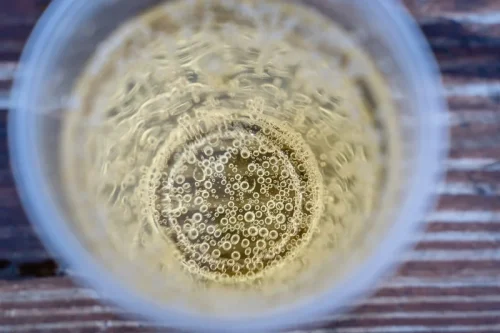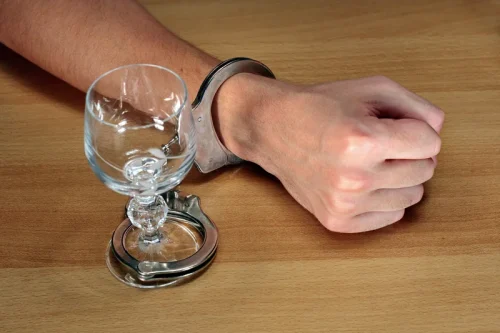-
Address: S.No.58 , 1st Floor , Paras Hub ,
Latur Road, Vasarni , Nanded - 431604 -
Call Us: +91 8799 932 678
info@instachem.co.in

It may occur after eating or drinking grape products, including wine, raisins, and fresh grapes. As someone who is allergic to champagne, it is important to take the necessary precautions to avoid any potential allergic reactions. It’s also important to note that if you develop an allergic reaction to champagne, you are more likely to have an allergic reaction to other types of alcohol, such as wine or beer. Therefore, if you develop an allergy to champagne, it’s important to avoid all types of alcohol. It’s worth noting that some people may have a mild allergic reaction to champagne, while others may have a severe reaction. The truth is if you’re allergic to alcohol you shouldn’t be drinking it.

Adverse food reactions: Allergy versus intolerance
Because of this, labeling laws in the United States require any food with sulfite concentrations greater than 10 parts per million (ppm) to include the words “contains sulfites” can you be allergic to champagne on their label. Ask your doctor for more information about your diagnosis and treatment options. The difference between the two has to do with how the body reacts to alcohol.
Histamines Are Released
Your body has two enzymes that are supposed to break down histamine, but sometimes they don’t work as well as they should. Some medications can stop your ALDH enzymes from working as well as they normally do. If you drink alcohol while taking these medications, you can experience alcohol intolerance.
Drugs & Supplements

While rare, people with grape allergies should avoid wine and grape-based liquors, including brandy. Even less common is an allergy or intolerance to corn-based liquors like bourbon. These include grains like wheat, barley, and rye used to make beer, which can affect people with celiac disease, non-celiac gluten sensitivity, and wheat allergies. Red wine contains high levels of histamine and may cause headaches, congestion, and itching in people with histamine intolerance.
An Allergen Enters Your Body

However, anaphylaxis is characterized by the involvement of two or more such systems. For example, an individual consuming Red Wine may develop a rash as well as shortness of breath which is considered to be anaphylaxis [9]. For the average wine consumer, it is very easy to identify which mechanism is causing their reactions to wine. All of these beverages have the same amount of ethanol and should cause the same reactions. If they do have similar reactions to all of these alcoholic beverages, then abstinence is the only way for them to not experience these effects.
- Wine commonly contains histamine, and histamine in your body commonly produces allergic reactions and headaches.
- Also, some foods — when used as ingredients in certain dishes — may be well hidden.
Is natural wine made with low or no sulfur good for my gut microbiome?
- In some cases, a healthcare provider may identify an allergy to a specific ingredient or compound in wine, like grapes.
- Rachael grew up in the northern Thai city of Chiang Mai until she was seven when her parents moved to the US.
Is it possible to have an allergic reaction to some wines but not all?

